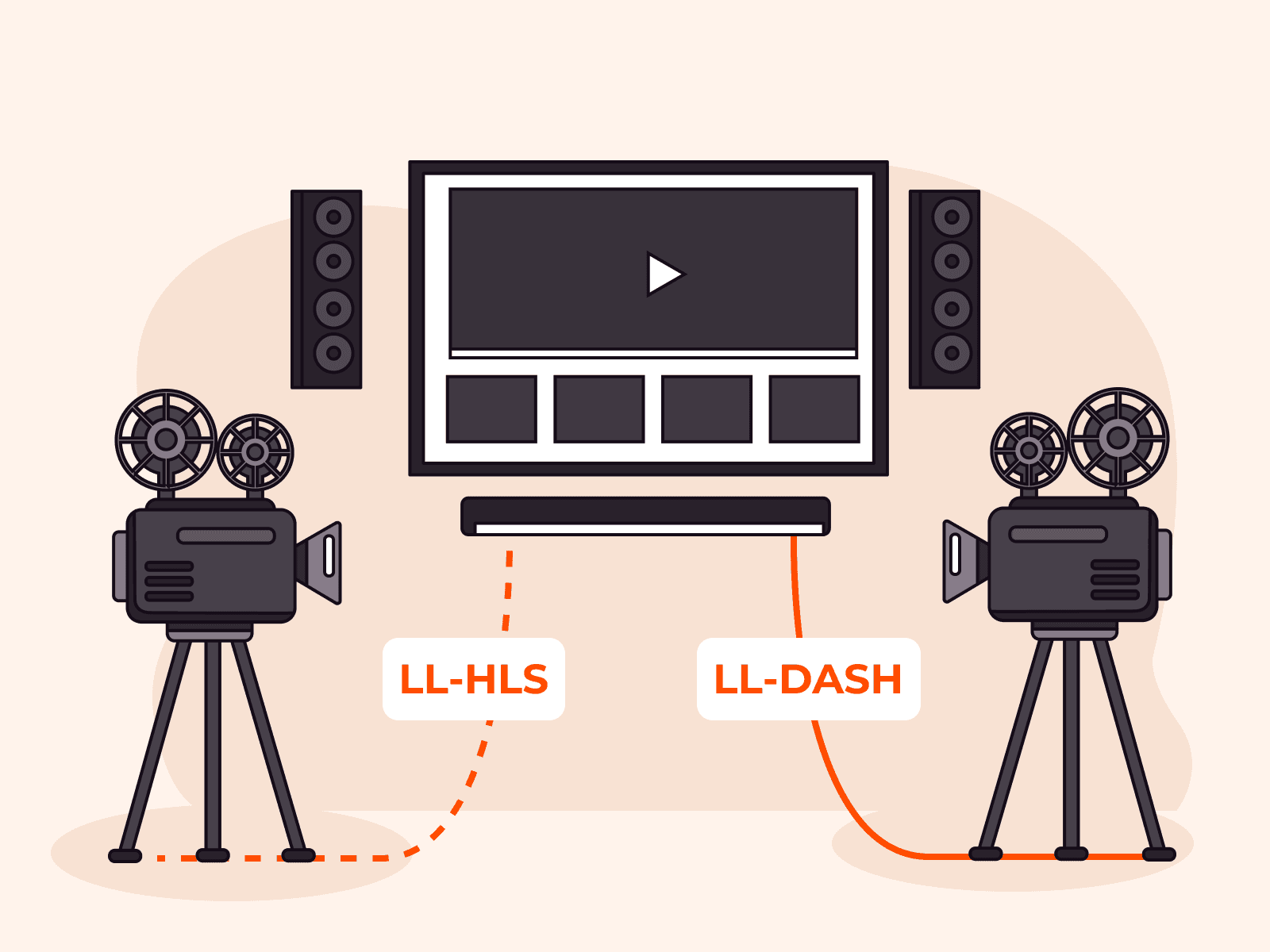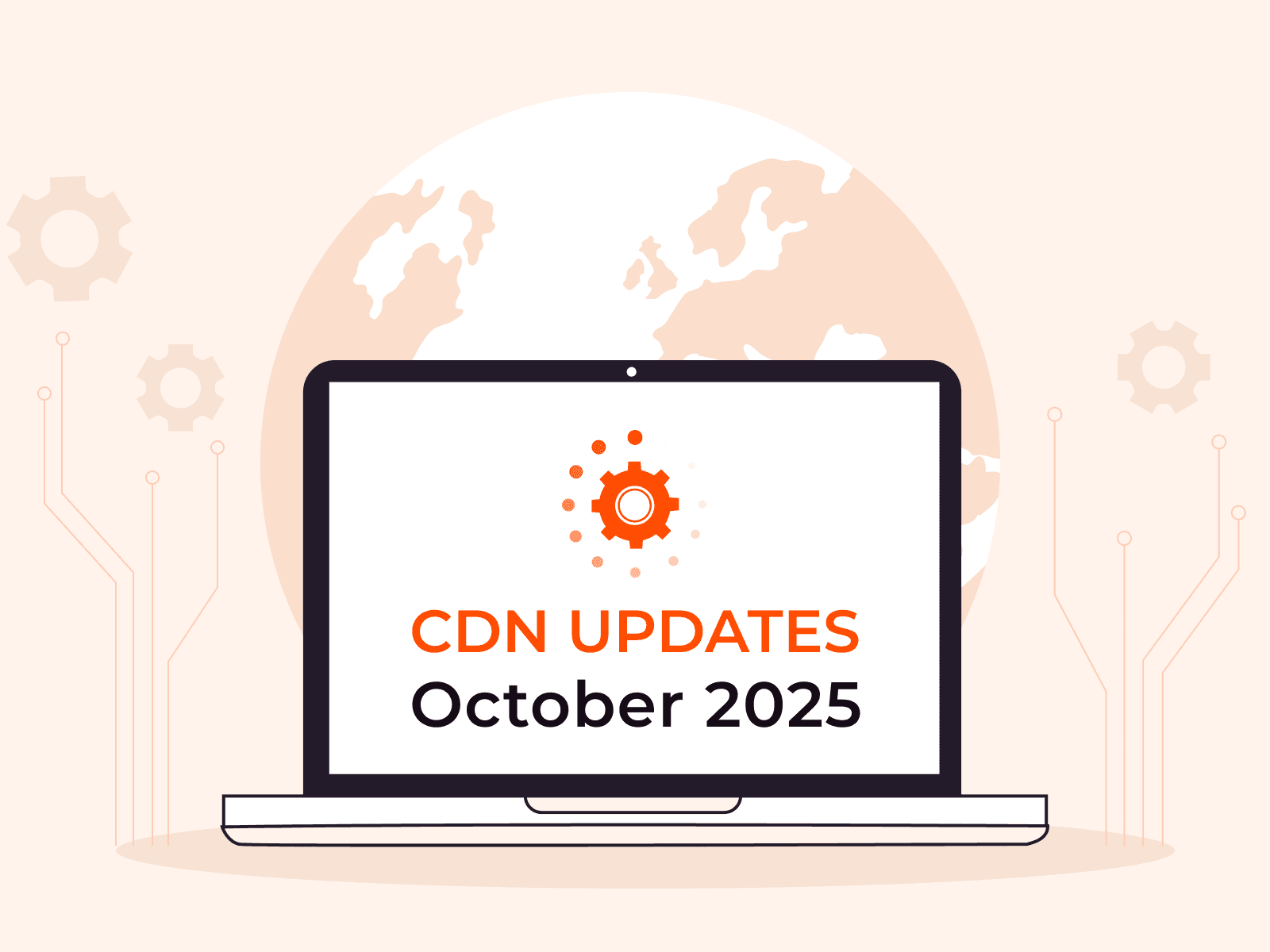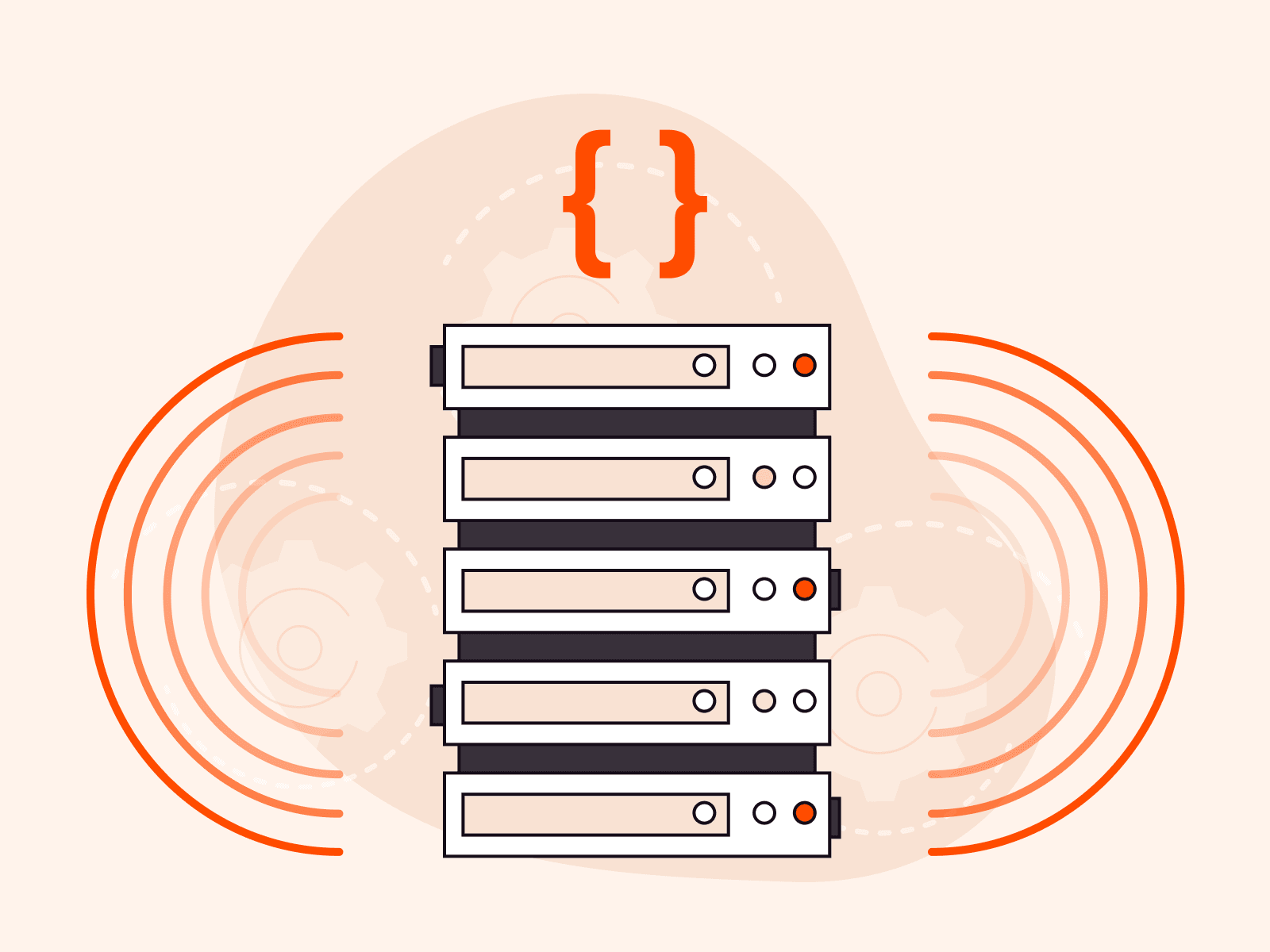Smart caching and predictive streaming: the next generation of content delivery
- September 3, 2025
- 4 min read

As streaming demand surges worldwide, providers face mounting pressure to deliver high-quality video without buffering, lag, or quality dips, no matter where the viewer is or what device they're using. That pressure is only growing as audiences consume content across mobile, desktop, smart TVs, and edge-connected devices.
Traditional content delivery networks (CDNs) were built to handle scale, but not prediction. They reacted to demand, but couldn’t anticipate it. That’s changing.
Today, predictive streaming and AI-powered smart caching are enabling a proactive, intelligent approach to content delivery. These technologies go beyond delivering content by forecasting what users will need and making sure it's there before it's even requested. For network engineers, platform teams, and content providers, this marks a major evolution in performance, reliability, and cost control.
What are predictive streaming and smart caching?
Predictive streaming is a technology that uses AI to anticipate what a viewer will watch next, so the content can be ready before it's requested. That might mean preloading the next episode in a series, caching popular highlights from a live event, or delivering region-specific content based on localized viewing trends.
Smart caching supports this by storing that predicted content on servers closer to the viewer, reducing delays and buffering. Together, they make streaming faster and smoother by preparing content in advance based on user behavior.
Unlike traditional caching, which relies on static popularity metrics or simple geolocation, predictive streaming is dynamic. It adapts in real time to what’s happening on the platform: user actions, traffic spikes, network conditions, and content trends. This results in:
- Faster playback with minimal buffering
- Reduced bandwidth and server load
- Higher quality of experience (QoE) scores across user segments
For example, during the 2024 UEFA European Championship, several broadcasters used predictive caching to preload high-traffic game segments and highlight reels based on past viewer drop-off points. This allowed for instant replay delivery in multiple languages without overloading central servers.
Why predictive streaming matters for viewers
Globally, viewers tend to binge-watch new streaming platform releases. For example, sci-fi-action drama Fallout got 25% of its annual US viewing minutes (2.9 billion minutes) in its first few days of release. The South Korean series Queen of Tears became Netflix's most-watched Korean drama of all time in 2024, amassing over 682.6 million hours viewed globally, with more than half of those watch hours occurring during its six-week broadcast run.
A predictive caching system can take advantage of this launch-day momentum by pre-positioning likely-to-be-watched episodes, trailers, or bonus content at the edge, customized by region, device, or time of day.
The result is a seamless, high-performance experience that anticipates user behavior and scales intelligently to meet it.
Benefits for streaming providers
Traditional CDNs often waste resources caching content that may never be viewed. Predictive caching focuses only on content that is likely to be accessed, leading to:
- Lower egress costs
- Reduced server load
- More efficient cache hit ratios
One of the core benefits of predictive streaming is latency reduction. By caching content at the edge before it’s requested, platforms avoid the delay caused by round-trips to origin servers. This is especially critical for:
- Live sports and events
- Interactive or real-time formats (e.g., polls, chats, synchronized streams)
- Edge environments with unreliable last-mile connectivity
For instance, during the 2024 Copa América, mobile viewers in remote areas of Argentina were able to stream matches without delay thanks to proactive edge caching based on geo-temporal viewing predictions.
How it works
At the core of predictive streaming is smart caching: the process of storing data closer to the end user before it’s explicitly requested. Here’s how it works:
- Data ingestion: The system gathers data on user behavior, device types, content popularity, and location-based trends.
- Behavior modeling: AI models identify patterns (e.g., binge-watching behaviors, peak-hour traffic, or regional content spikes).
- Pre-positioning: Based on predictions, the system caches video segments, trailers, or interactive assets to edge servers closest to where demand is expected.
- Real-time adaptation: As user behavior changes, the system continuously updates its caching strategy.
Use cases across streaming ecosystems
Smart caching and predictive delivery benefit nearly every vertical of streaming.
- Esports and gaming platforms: Live tournaments generate unpredictable traffic surges, especially when underdog teams advance. Predictive caching helps preload high-interest match content, post-game analysis, and multilingual commentary before traffic spikes hit. This helps provide global availability with minimal delay.
- Corporate webcasts and investor events: Virtual AGMs or earnings calls need to stream seamlessly to thousands of stakeholders, often under compliance pressure. Predictive systems can cache frequently accessed segments, like executive speeches or financial summaries, at regional nodes.
- Education platforms: In EdTech environments, predictive delivery ensures that recorded lectures, supplemental materials, and quizzes are ready for users based on their course progression. This reduces lag for remote learners on mobile connections.
- VOD platforms with regional licensing: Content availability differs across geographies. Predictive caching allows platforms to cache licensed material efficiently and avoid serving geo-blocked content by mistake, while also meeting local performance expectations.
- Government or emergency broadcasts: During public health updates or crisis communications, predictive streaming can support multi-language delivery, instant replay, and mobile-first optimization without overloading networks during peak alerts.
Looking forward: Personalization and platform governance
We predict that the next wave of predictive streaming will likely include innovations that help platforms scale faster while protecting performance and compliance:
- Viewer-personalized caching, where individual user profiles guide what’s cached locally (e.g., continuing series, genre preferences)
- Programmatic cache governance, giving DevOps and marketing teams finer control over how and when content is distributed
- Cross-platform intelligence, allowing syndicated content across services to benefit from shared predictions and joint caching strategies
Gcore’s role in the predictive future
At Gcore, we’re building AI-powered delivery infrastructure that makes the future of streaming a practical reality. Our smart caching, real-time analytics, and global edge network work together to help reduce latency and cost, optimize resource usage, and improve user retention and stream stability.
If you’re ready to unlock the next level of content delivery, Gcore’s team is here to help you assess your current setup and plan your predictive evolution.
Discover how Gcore streaming technologies helped fan.at boost subscription revenue by 133%
Related articles
Subscribe to our newsletter
Get the latest industry trends, exclusive insights, and Gcore updates delivered straight to your inbox.






